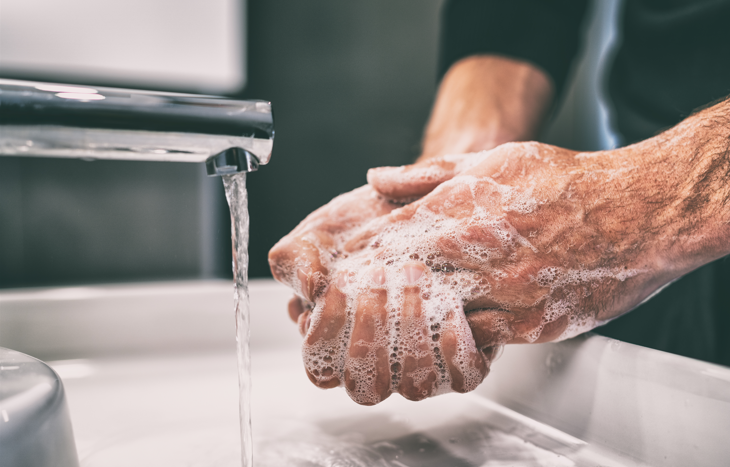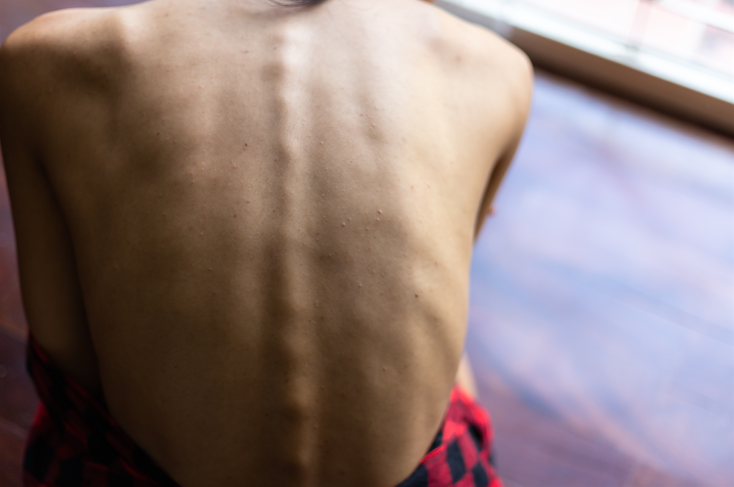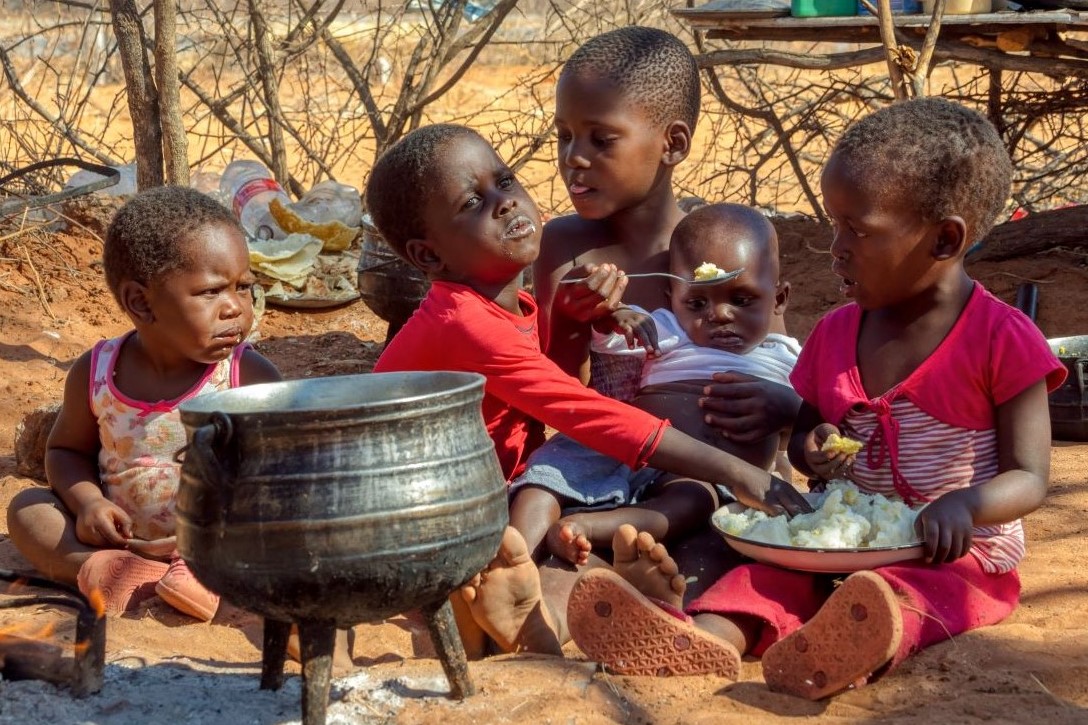
“No Poverty” is the topic of this unit.
■Get to know and share your thoughts on the countries in poverty.
■Give a presentation about poverty in your own country.



In this lesson, we are going to learn about the SDGs. As this is our first time on this topic, let’s check out what the SDGs are.




| 1. | What are the “SDGs” also known as? |
| The “SDGs” are also known as G____________ G____________s. |


| 2. | How many themes do the SDGs have? |
| The SDGs have ____________________________________. |




In the next part, we are going to learn about “No Poverty”.

| 1. | Where is the Central African Republic? A, B or C? |
| The answer is _________. |



| 2. | What can you see in the pictures? Please describe as many as you can from each picture. |
|
|
|
| Answer: |





 |
sanitation (公衆)衛生
The country’s main problems are a lack of clean water and sanitation.
|
 |
drought 干ばつ
Hundreds of people suffered that year due to the drought.
|
 |
income 収入
His income is not enough to sustain the needs of his family.
|
 |
malnutrition 栄養失調
Malnutrition results from a lack of food and water.
|




| 1. | Many of the children in Sub-Saharan Africa showed signs of ________________. |
| 2. | There aren’t enough ________________ facilities in the country. |
| 3. | Because of the _______________, no crops were harvested. |
| 4. | Most families in the village do not have any source of _______________. |




Then, let’s move on to the next part.

Malaria, diarrhea, and respiratory infections (pneumonia) are easily avoidable and curable in countries with developed healthcare systems. But in countries with poor systems, those diseases can be fatal, especially in young children. Traveling far to clinics or paying for medicine can push a family into extreme poverty.
Furthermore, over 2 billion people lack access to safe drinking water. Water infrastructure issues, such as sanitation and hygiene facilities, may worsen the situation.



| 1. | Please see the graph below. In 2017, how many people died as a result of malaria? |

| Answer: |

Many of the world’s poorest people rely on farming, hunting, and gathering for food and income. Therefore, when climate change or natural disasters leave millions of people hungry, recovery becomes even more difficult.
Unemployment caused by conflict or illness can be compensated for with cash and loans. If a harvest is lost due to a natural disaster, food storage can help. However, these resources are frequently unavailable to people living in extreme poverty. In the Democratic Republic of the Congo, for example, natural resources have been taken due to colonial rule. This has led to land conflicts, and people have been forced away from their source of food and income.


| 2. | What do many of the world’s poorest people rely on for food and income? |
| Answer: |






| What do you think are the reasons for poverty in your country? |
You can pick up some ideas from the passage.
| Answer: |


| How can we improve the situation of people who live in poverty? |
| 1. | |
| 2. |


| Opening | Good morning/ afternoon/ evening. Today, I’d like to talk about (theme). I’ll tell you two reasons and the solution. |
| Body | ①(first reason and how to improve it) ②(second reason and how to improve it) |
Closing | These are ideas of poverty in my country and how to improve them. Thank you for listening. |

| Opening | Good morning/ afternoon/ evening. Today, I’d like to talk about (theme). I’ll tell you two reasons and the solution. |
| Body |
① __________________________________________ ② __________________________________________ |
| Closing | _____________________________________________ |



| Answer: |






